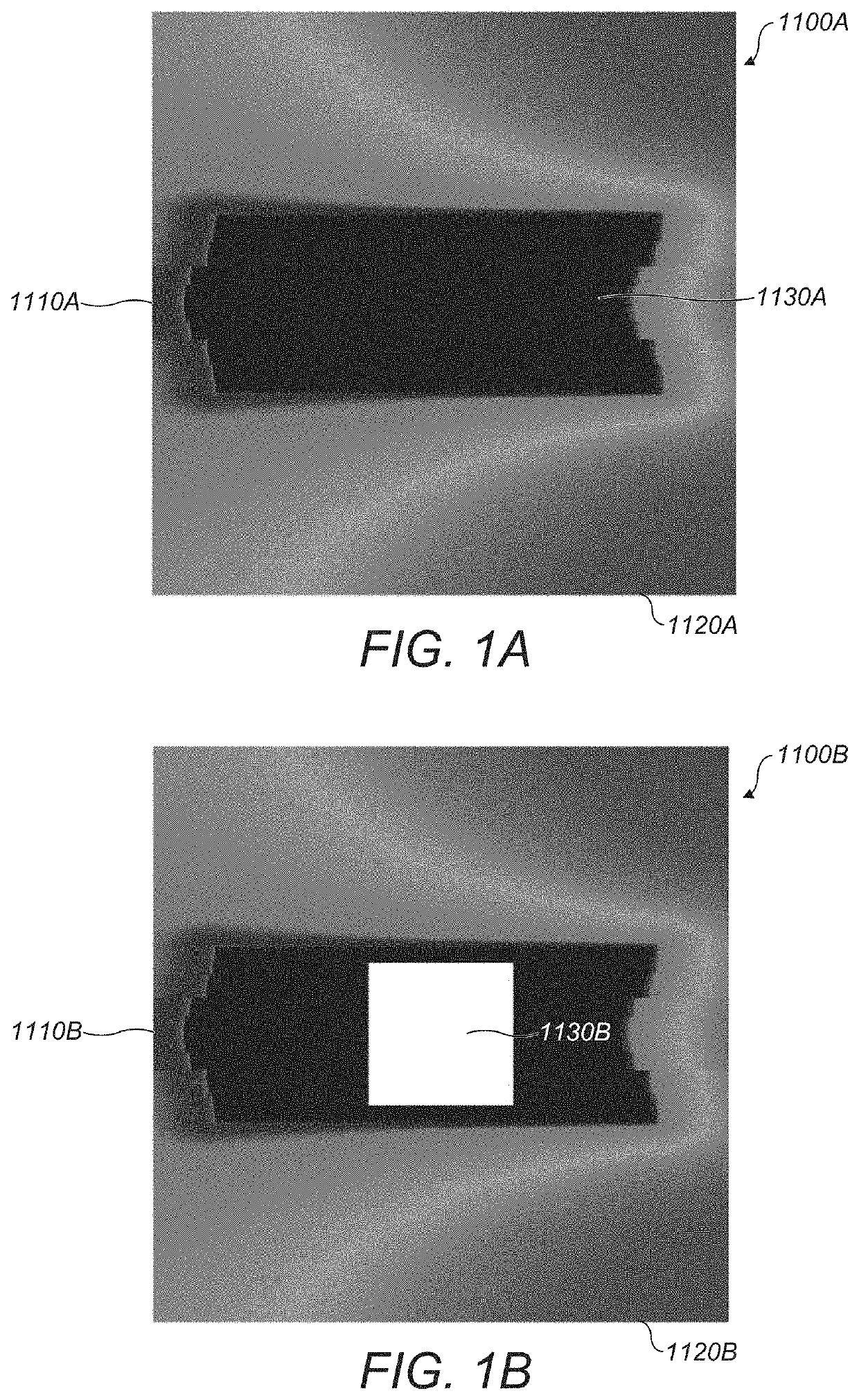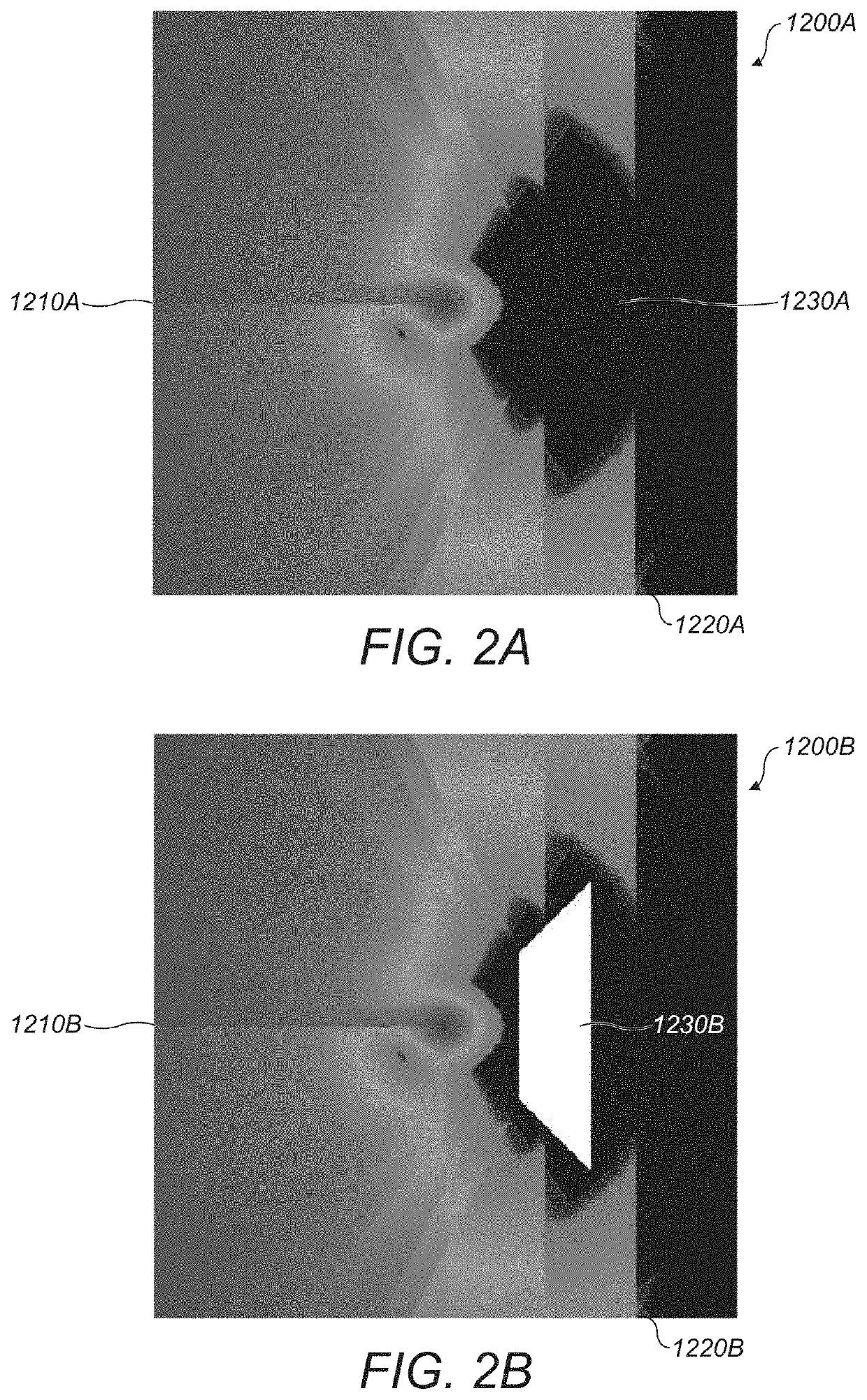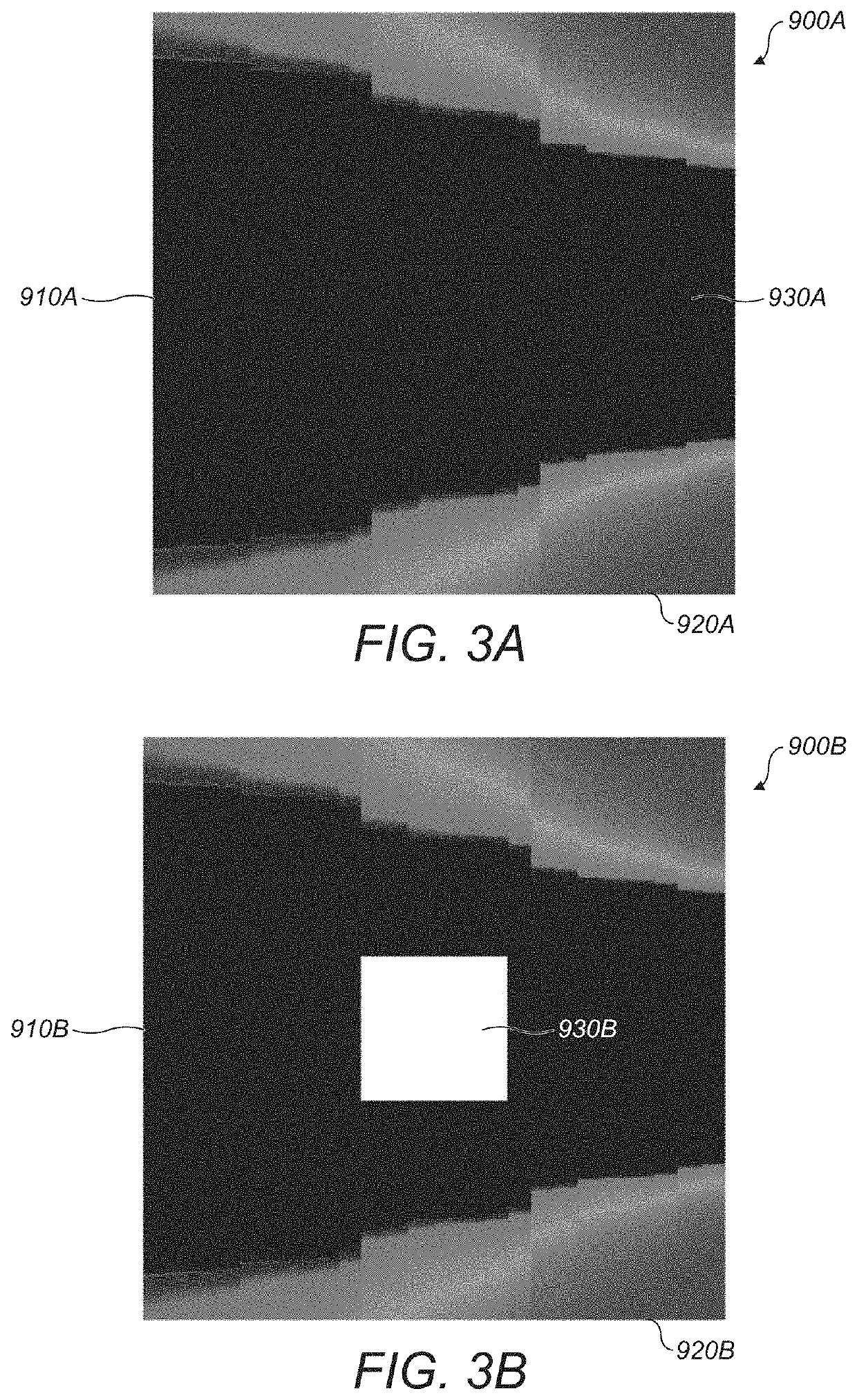Hardware Algorithm for Complex-Valued Exponentiation and Logarithm Using Simplified Sub-Steps
a technology of complex value and exponentiation, applied in the field of hardware algorithm for complex value exponentiation and logarithm using simplified sub-steps, can solve the problems of reducing the effectiveness of algorithms including such definitions, and reducing the amount of precomputed information that must be held by the circuitry. , to achieve the effect of more compact integrated circuitry and reduced precomputed information
- Summary
- Abstract
- Description
- Claims
- Application Information
AI Technical Summary
Benefits of technology
Problems solved by technology
Method used
Image
Examples
Embodiment Construction
[0023]This disclosure describes the orthogonalization of the sub-steps in real and imaginary parts to achieve a reduction in the number of lookup tables required for the algorithm and simplifications in the iterative procedure. Applying the orthogonalization to the previously disclosed BKML algorithm results in two algorithms. The first algorithm is more effective when low radix methods are considered, so when throughput and area are prioritized over latency (suitable for implementation in FPGA technologies). The second algorithm is more effective when high radix methods are considered, so when throughput and latency are prioritized over area (suitable for implementation into an application-specific integrated circuit (ASIC) or as an extended capability for a central processing unit (CPU) design).
[0024]The first, denoted BKML4m, requires four lookup values (which with some rewiring may be reduced to effectively three-and-a-half) per bit of result and chooses dn in a similar way to B...
PUM
 Login to View More
Login to View More Abstract
Description
Claims
Application Information
 Login to View More
Login to View More - R&D
- Intellectual Property
- Life Sciences
- Materials
- Tech Scout
- Unparalleled Data Quality
- Higher Quality Content
- 60% Fewer Hallucinations
Browse by: Latest US Patents, China's latest patents, Technical Efficacy Thesaurus, Application Domain, Technology Topic, Popular Technical Reports.
© 2025 PatSnap. All rights reserved.Legal|Privacy policy|Modern Slavery Act Transparency Statement|Sitemap|About US| Contact US: help@patsnap.com



